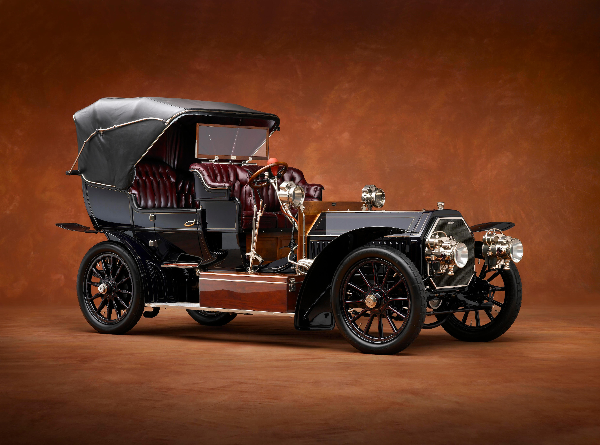Kia Sonet is a charmer
DRIVEtorque has certainly been charmed with the Sonet since test driving one imported from South Africa by an avid reader of DRIVEtorque magazine. The 1,5 EX manual fights off a stern challenge from the Suzuki Vitara Brezza, Ford EcoSport and Nissan Magnite. The only criticism we’ve been able to level at the model range was the fact it was serviced by a single engine offering. The 1,5-litre Smartstream four-cylinder unit is a peppy enough little engine, producing 85 kW, but its 144 Nm. of peak torque meant it wanted for some low-to-mid rev urge.
The 1,0-liter Kappa G3LC, a Hyundai-Kia engine that is used in vehicles like the Hyundai i20, is now available in the newest Sonet models. While peak power has increased by a modest 3 kW to 88 kW, maximum torque has increased by 28 Nm. to an altogether more robust 172 N.m. This engine is the only one used in the Sonet, and it is only mated to a 7-speed dual-clutch automatic transmission. In the case of the EX+ model, the drivetrain management system controls this engine and adjusts the throttle and gearshift mapping to accommodate both sportier and more fuel-efficient driving scenarios. Although the EX model we drove didn't enable this specific feature, it didn't significantly lessen the added glitter the 1,0 litre engine brought to the table.
In addition to long parts of the Bulawayo to Harare highway, our drive included meandering Boterekwas roads in Shurugwi. The first bit of town cut-and-thrust on the way to the Bulawayo to Harare highway did a good job of displaying this Sonet's newly discovered urgency. The turbo's increased low-end shove made quick work of weaving around commuter swarms and into freeway slip lanes, whereas the 1,5 occasionally felt a little flat-footed when challenged with squeezing through gaps in traffic.
Once on the national highway, the turbo's more powerful mid-range made passing and keeping up with moving traffic stress-free. The dual-clutch transmission demonstrated both smooth operation and a keenness to downshift when applying the brakes. Mechanical refinement is good, with only a trace of three-cylinder burble penetrating an otherwise well-sealed cabin as speeds mounted. After resetting the trip computer, we saw that our mixed-road journey had resulted in an average fuel consumption of 6,8 L/100 km.
Being familiar with the area, we chose to deviate slightly from the highway and ventured onto the Boterekwas to see how the turbo acquits itself off sealed surfaces. Thanks to a handy 190 mm of ground clearance, this excursion didn’t become an exercise in re-grading the rutted dirt track and the Sonet’s suspension setup proved compliant enough to deal with corrugations without jiggling its occupants into submission.
Despite its entry-point placing in the turbo range, the EX does feature electronic stability control which was put to the test on some of the looser-surfaced sections and does a good job of throttling down drive when traction is compromised.
Given the Sonet's already strong performance, as well as the benefits of its good road manners, sturdy construction, and distinctive styling, the addition of a torquey turbopetrol has only served to increase its already considerable appeal.
The turbocharged variants will undoubtedly give Kia's small crossover a much-needed boost when combined with a strong lineup of standard features and affordable pricing.
Specifications
0-100 km/h: 11,3 seconds
Engine: 1,0-litre, inline-four turbopetrol
Model: Kia Sonet 1,0 T-GDi 7DCT EX
Power: 88 kW @ 6 000 r/min
Top speed: 185 km/h
Torque: 172 N.m @ 1 500-4 000 r/min
Transmission: 7-speed, dual-clutch automatic









